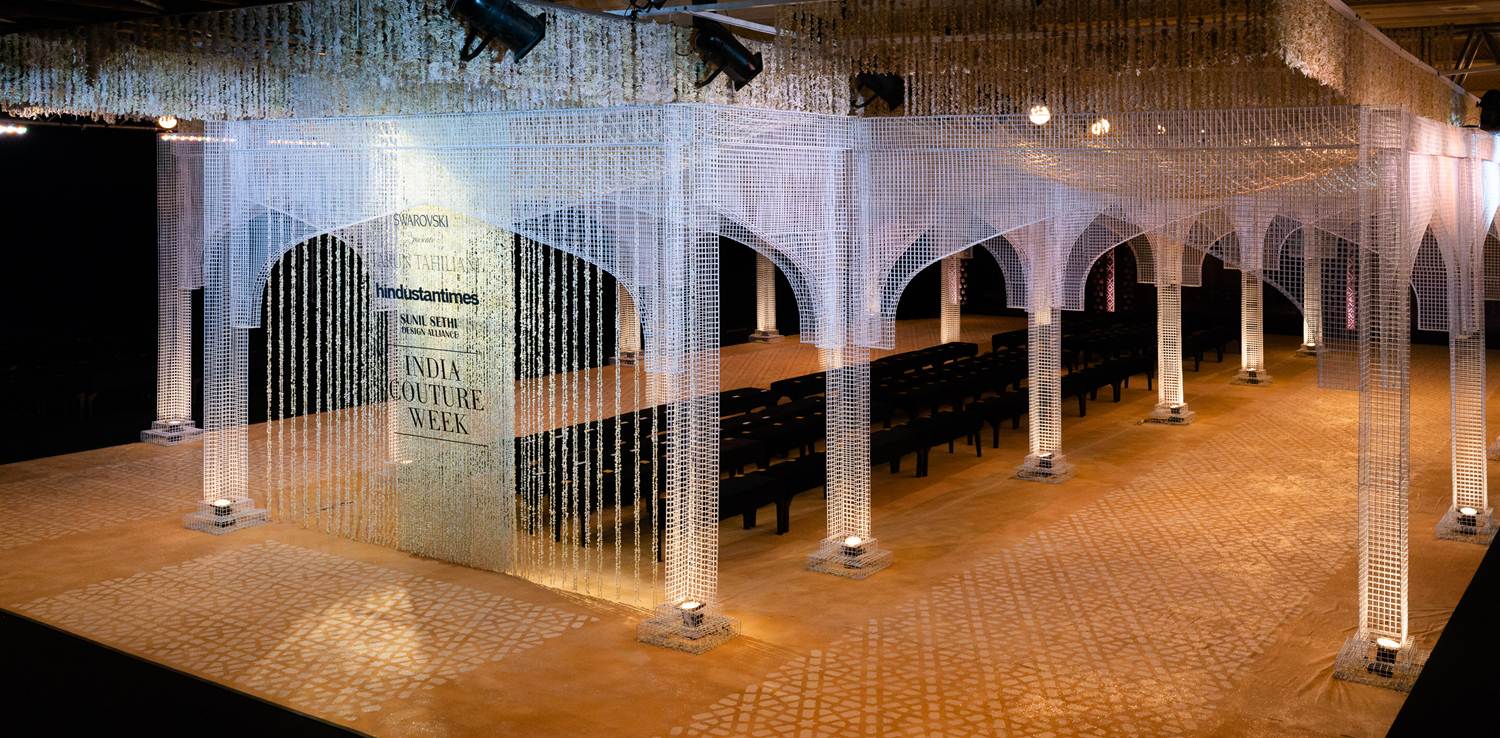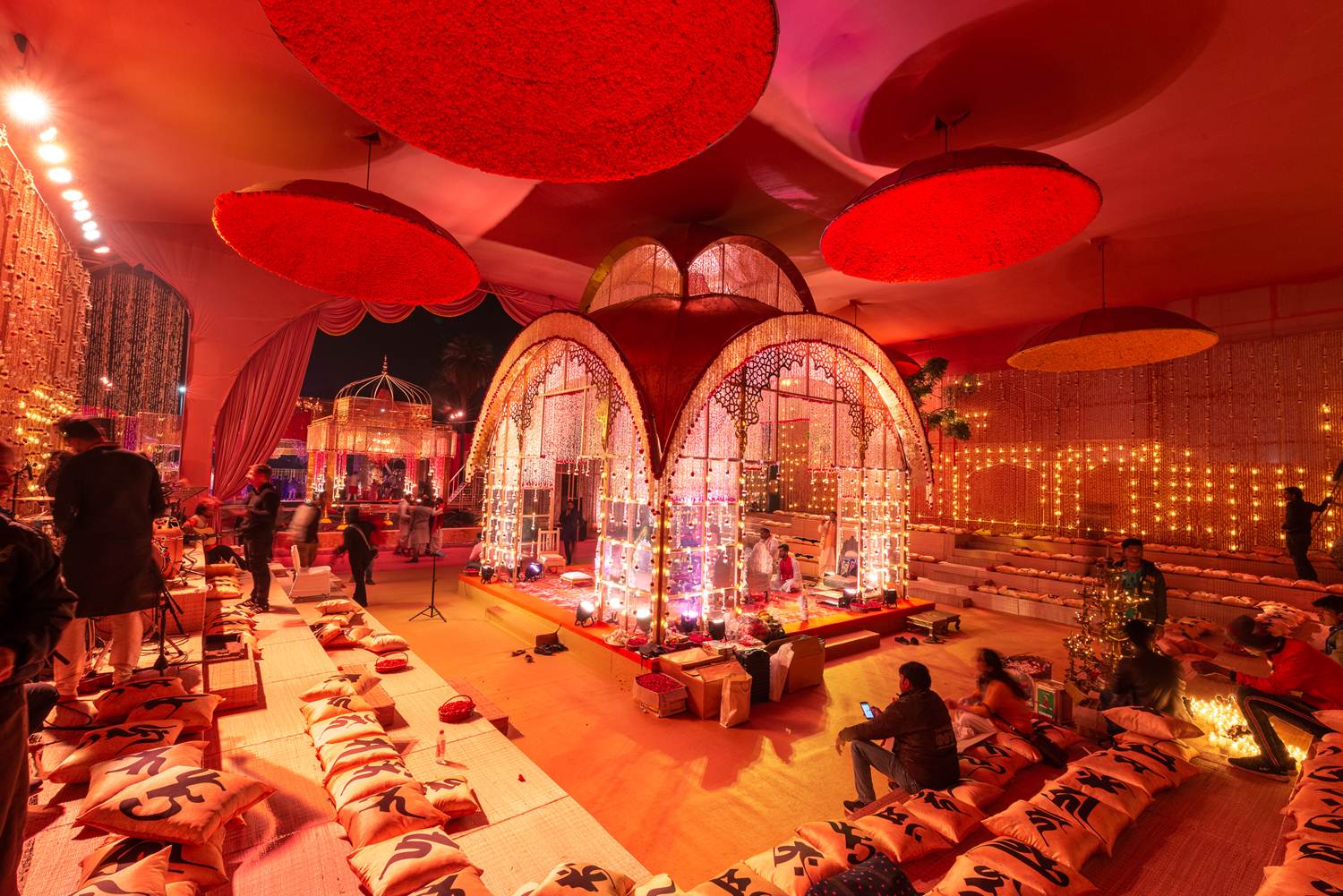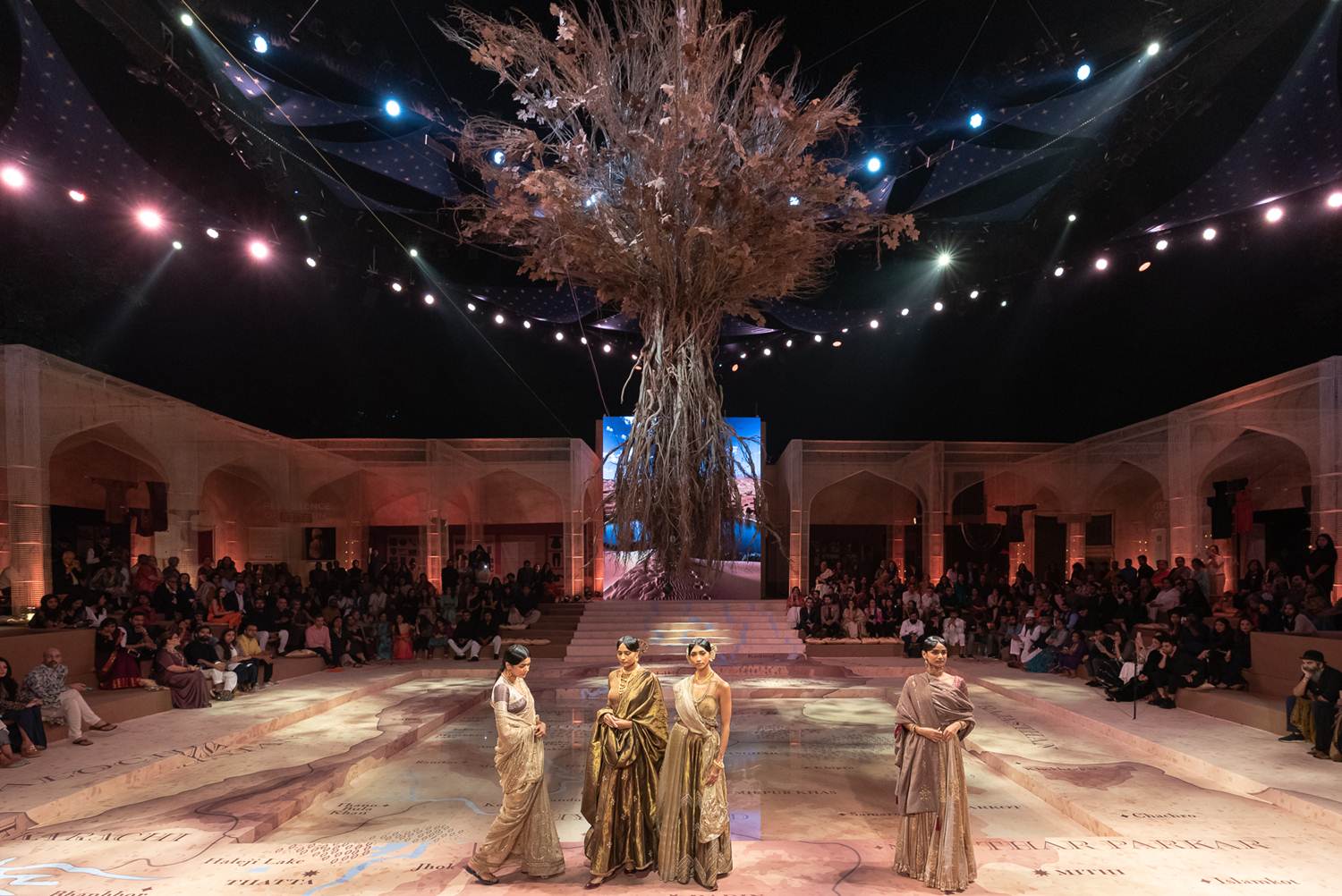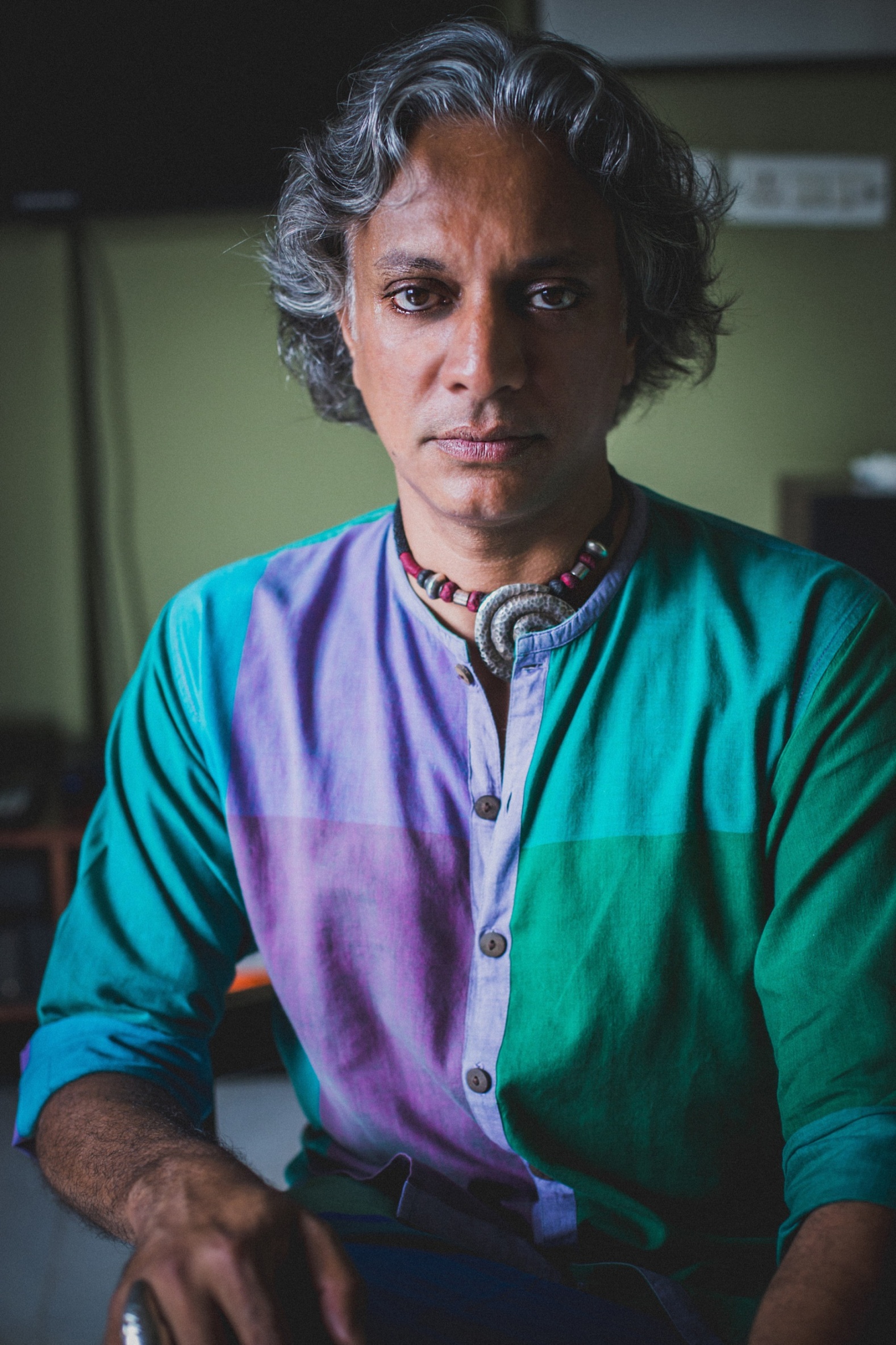Disconnected and Connected
Designer and scenographer Sumant Jayakrishnan talks to us about his particular thoughts on truth, beauty and the joys and burdens of creation
Team AI
Back in 2014, in a first-of-its-kind, Arts Illustrated approached designer, installation artist and scenographer Sumant Jayakrishnan to design the cover of our issue on the theme of Ephemeral Art. The impermanent nature of his works fit perfectly with the issue’s overarching theme; and Sumant, to his credit, was enthusiastically on board. On a visit to Chennai, he gathered the team in one room and started digging into our thoughts, ideas and vision for the theme. After a lengthy discussion and many notes, he went on his way. A few weeks later, he sent us the cover that lent a whole new meaning to the idea of ephemerality in art, all within the frame of a very permanent and tangible book. (If you want to see how it turned out, click here.) That was our first encounter with the special brand of beauty and truth particular to Sumant Jayakrishnan.
Now, as we all sit cooped-up in our homes, waiting for the worst to pass over, we decided to touch base with Sumant, and perhaps rediscover the nature of ephemerality and why, more than ever, we need to find truth and beauty in it.

Excerpts from the interview
What inspires you?
I have a range. I have a kind of barometer in terms of inspiration in my projects. The barometer shifts from where I am my own inspiration – which is when I work on art installations or specific projects, where I look at myself and my history – to where the context or the content or the narrative becomes the inspiration. And then the far end of the spectrum is when people I’m working with become my muse; there I become a channel for them.

Was there a project that surprised you either in its conception or in its reception?
A year-and-a-half ago, I kind of crashed. I couldn’t get out of bed. I really had gone into a state of depression, because I think I was trying to find a sense of authenticity and struggling with it. So, at that point my mother did something she hadn’t done before. Mind you, I was almost 50 then. But she came every day for three weeks to help me get out of bed and get to work. Since then, it’s been a whole journey of understanding what is important. You know, deprogramming and reprogramming… From being someone who was rather strong, to being brittle who could easily break, to now being sort of elastic. It has been a process which has also been a gift in many ways. And now my perception of what to do next also has changed.
So, to answer your question, I would say: all of them.

What to you is the most important aspect when designing a space? When visualising it, what comes first – the aesthetics, the material or the way people interact with it?
It’s all together. The space is more an emotional space for me now. The aesthetic or professional space, that has always been part of my process. I think my skill, that I’ve honed and the kind of gift I have, is my ability to connect the dots. I get all the information within this intuitive space – it’s quite meditative. It’s emotional, spiritual, practical… And in that process of putting the dots together, I try to create a narrative that is authentic and true. So that not only do the people I’m working with respond to it, but also the larger context of someone who walks into that space, they too are moved by it.

Given the current situation, how do you see the practice of scenography evolving in the coming years?
It’s very hard to answer that today. Because the world has changed forever. The Coronavirus has become the biggest equaliser. All the politics, all the stories, all the games, become irrelevant in this context. It becomes purely about survival. So, in that sense, with scenography, I think we have to allow it to settle to understand what it’s going to do. I already have started conversations with my team in shifting the model of how I work. I think, for a while, a space of mindfulness is going to come alive. Similar to the post-Second World War period, there is now a rawness, there is an aspiration to morality, to let ego go, to build or rather rebuild, where the best in people comes out. And then eventually, we’ll start forgetting. But I think the stories of what makes humanity, well, human, are going to be important in the spaces of scenography. I don’t have an answer as to what’s going to come out of it. I’m just very hopeful. I think our sense of the value, for a while, is going to be different.
All Images Courtesy of Sumant Jayakrishnan
Share